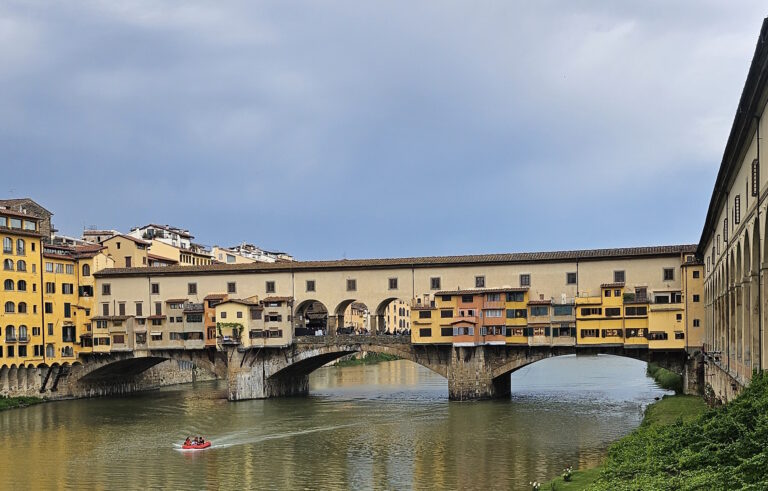Spilimbergo, 1538 – Venezia, 1559
Irene of Spilimbergo’s birth and death are both accounted for in her grandfather’s journal, and the latter is recorded as having happened after twenty-two days of fever and a splitting headache for having been too engaged in too much painting. Maybe the cause of her death was having such a supportive family. She was 21 years old and today we take a look at what we know about her.
Her father Alfonso was an erudite nobleman, and her mother Giulia da Ponte came from a family of wealthy merchants, they had three daughters but Alfonso died prematurely and Giulia remarried to a relative of her husband, with whom she will have ten more children. Such a populated family was soon to generate conflicts, and Irene had to move with her grandfather in Venice, alongside her elder sister Emilia who will become a musician.
We know very little of Irene’s early education, but her late father was versed in theology and mathematics, knew Hebrew and Greek, and had funded the linguistics academy directed by Bernardino Partenio: it’s safe to assume the household was partaking in such intellectual efforts. It is however the transfer to Venice that will constitute a turning point, at least if we are to believe Dionigi Atanagi’s biography of Irene: here she met Campanase Giancarli, a woman artist who taught her the basis of drawing and eventually she entered the workshop of a family acquaintance, Tiziano Vecellio, who was 64 years old at the time. The way Tiziano was invested in her, late in age and at the peak of his popularity, often gets overlooked but he must have seen something in the young woman. Of course this “something” is often attributed to Irene’s grace and beauty, all features that receive way more attention than her craft.
From a contemporary poem, we at least know Irene learned from Tiziano the art of portrait.
This, of course, is what caught people’s attention the most, and we have several XIX Century paintings of an elder Tiziano approaching the young pupil and teaching her the art of painting. Some of them are sensitive and delicate. Some of them are creepy as fuck. All of them include unsolicited body contact.

Silvestro Lega, Tiziano and Irene of Spilimbergo (1859). Sshe looks more like a mystic than an artist, and he’s not looking her in the eyes.
In his History of Beautiful Women from Friuli (1819), Atanagi lists some of the paintings Irene copied and some original inventions, particularly three small figures depicting the Flight to Egypt, Noa entering the Arc and the Flood. Her style is described as fresh and witty, with original takes on both colouring and composition.
Irene had been in Venice for five years when she fell ill. A couple of years after her death, a nobleman called Francesco Gardenigo published a collection of poems written in honour of Irene and in mourning of her death, a testament of how her personage must have been well known and respected throughout Venice. The title of the collection, roughly translated, is “Rhymes of different noble and excellent authors, in death of Miss Irene of Spilimbergo, to whom several verses of poets were added”, and it was published in Venice in 1561.
Today, she’s only known as that young woman who enchanted Tiziano in his later age, and scholars are hunting for her works to be identified and correctly attributed.
A painting attributed to one Gianpaolo Pace, a disciple of Tiziano, has recently being reconsidered as possibly a copy of a self-portrait painted by Irene herself.








No Comments